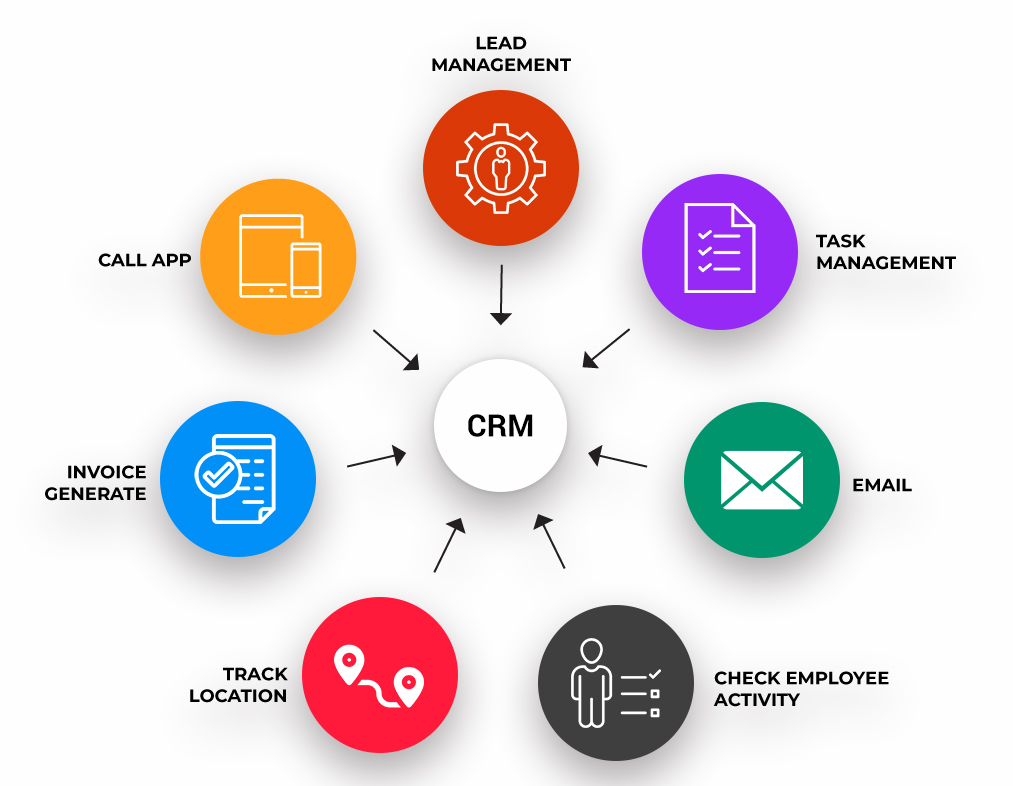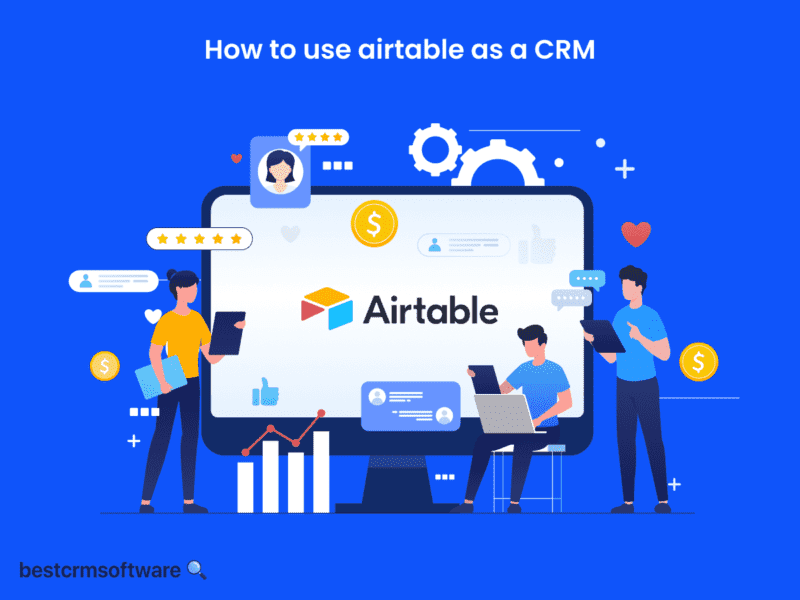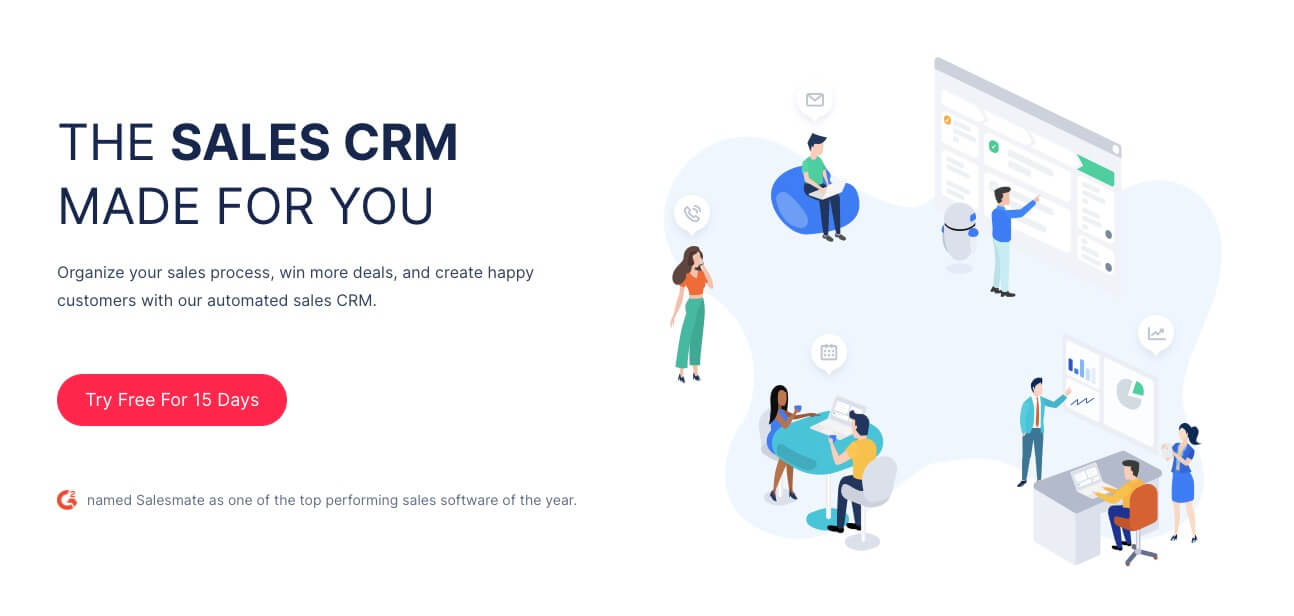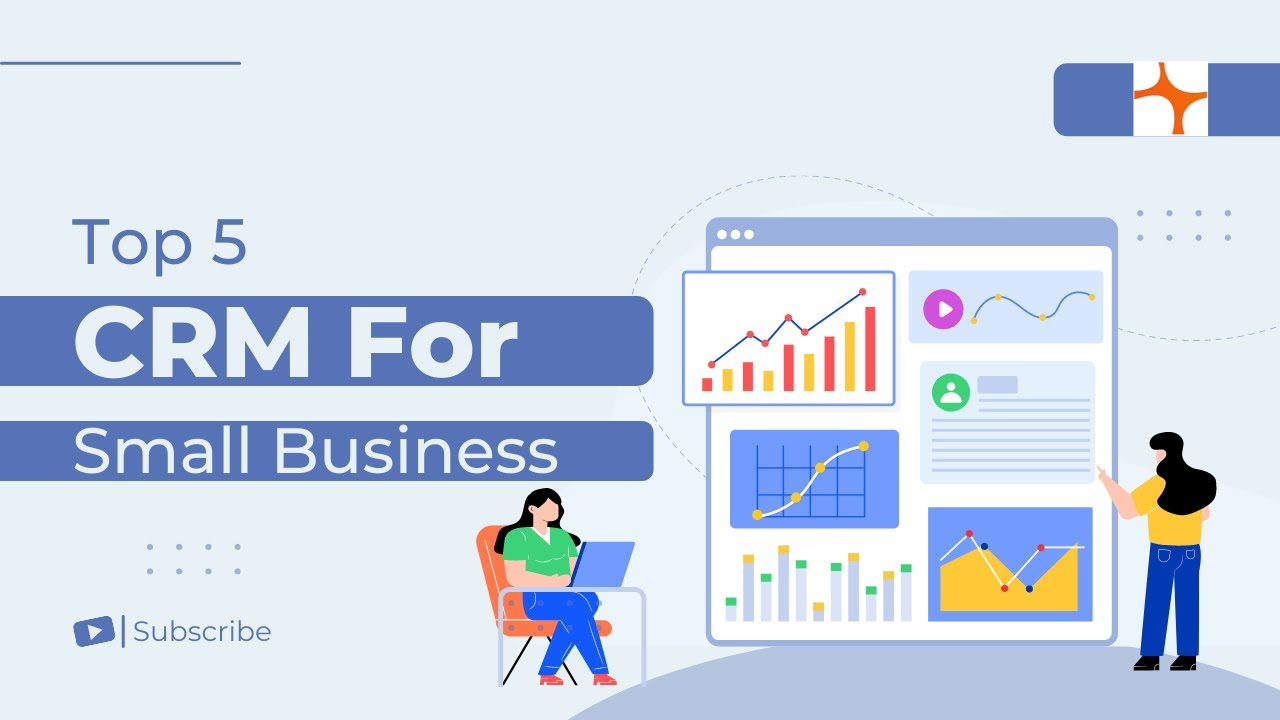Unlocking Growth: A Comprehensive Guide to CRM Marketing Analytics
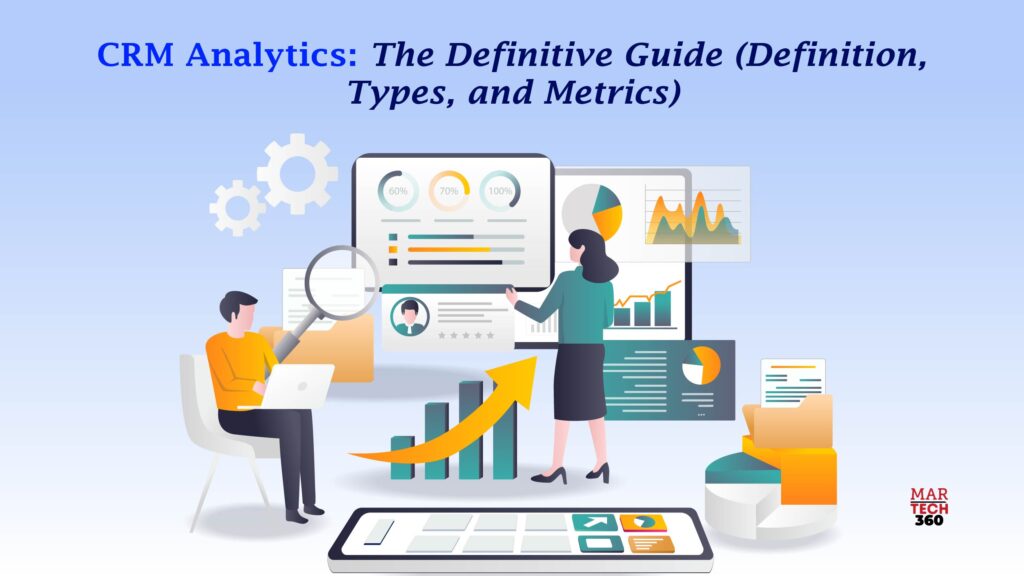
Introduction: The Power of Data in the Age of the Customer
In today’s hyper-competitive business landscape, understanding your customers is no longer a luxury – it’s a necessity. The companies that thrive are those that can anticipate customer needs, personalize experiences, and build lasting relationships. At the heart of this customer-centric approach lies CRM marketing analytics. This guide will delve deep into the world of CRM marketing analytics, exploring its definition, benefits, implementation strategies, and the tools that can help you harness its power. We’ll move beyond the buzzwords and provide actionable insights to help you transform raw data into strategic advantages.
Think about it: every interaction a customer has with your brand, from browsing your website to making a purchase, generates data. This data, when properly analyzed, reveals valuable insights into customer behavior, preferences, and needs. CRM marketing analytics provides the framework for collecting, analyzing, and interpreting this data to make informed decisions that drive growth and improve customer satisfaction. It’s about moving beyond guesswork and relying on data-driven intelligence to optimize your marketing efforts.
What is CRM Marketing Analytics? A Deep Dive
CRM, or Customer Relationship Management, is more than just a software platform; it’s a holistic strategy for managing and nurturing customer relationships. CRM systems store a wealth of information about your customers, including their contact details, purchase history, interactions with your company, and more. CRM marketing analytics takes this data and applies analytical techniques to extract meaningful insights.
In essence, CRM marketing analytics is the process of using data from your CRM system to:
- Understand Customer Behavior: Identify patterns in customer interactions, purchase habits, and website activity.
- Segment Your Audience: Group customers based on shared characteristics, allowing for targeted marketing campaigns.
- Measure Marketing Performance: Track the effectiveness of your marketing efforts and identify areas for improvement.
- Personalize Customer Experiences: Tailor your marketing messages and offers to individual customer preferences.
- Predict Future Trends: Forecast customer behavior and anticipate future needs.
The goal is to transform raw customer data into actionable intelligence that informs strategic decision-making. It’s about using data to understand your customers better, optimize your marketing spend, and ultimately, drive revenue growth.
The Benefits of CRM Marketing Analytics: Why It Matters
Implementing CRM marketing analytics offers a multitude of benefits that can significantly impact your business’s bottom line. Let’s explore some of the key advantages:
Improved Customer Understanding
Perhaps the most significant benefit is a deeper understanding of your customers. By analyzing customer data, you can gain insights into their preferences, behaviors, and needs. This allows you to:
- Create Detailed Customer Profiles: Develop a comprehensive understanding of your ideal customer, including demographics, purchase history, and engagement patterns.
- Identify Customer Pain Points: Uncover areas where customers are experiencing difficulties, allowing you to proactively address their concerns.
- Personalize Marketing Messages: Tailor your marketing campaigns to resonate with individual customer preferences, leading to higher engagement and conversion rates.
Enhanced Marketing ROI
CRM marketing analytics helps you make data-driven decisions about your marketing spend, leading to a higher return on investment (ROI). This is achieved through:
- Optimized Campaign Performance: Track the performance of your marketing campaigns and identify areas for improvement.
- Reduced Wasted Spend: Eliminate ineffective marketing activities and allocate resources to strategies that deliver the best results.
- Improved Lead Generation: Identify the most effective lead generation channels and optimize your efforts for maximum impact.
Increased Customer Retention
By understanding your customers and providing personalized experiences, CRM marketing analytics can significantly improve customer retention rates. This is crucial, as retaining existing customers is often more cost-effective than acquiring new ones.
How it helps:
- Proactive Customer Service: Identify at-risk customers and proactively address their concerns.
- Personalized Communication: Send targeted messages that resonate with individual customer preferences.
- Loyalty Program Optimization: Analyze loyalty program data to identify opportunities to improve customer engagement and retention.
Improved Sales Performance
CRM marketing analytics can also contribute to improved sales performance by:
- Identifying Upselling and Cross-selling Opportunities: Analyze customer purchase history to identify opportunities to offer relevant products or services.
- Improving Lead Qualification: Identify high-potential leads and prioritize your sales efforts accordingly.
- Optimizing Sales Processes: Analyze sales data to identify areas for improvement in your sales processes.
Better Decision-Making
Ultimately, CRM marketing analytics empowers you to make better, data-driven decisions across all areas of your business. This leads to:
- Reduced Risk: Make informed decisions based on data rather than intuition.
- Increased Efficiency: Streamline your marketing and sales processes for maximum efficiency.
- Improved Competitive Advantage: Gain a deeper understanding of your customers and outmaneuver your competitors.
Implementing CRM Marketing Analytics: A Step-by-Step Guide
Implementing CRM marketing analytics can seem like a daunting task, but by following a structured approach, you can ensure a successful implementation. Here’s a step-by-step guide:
1. Define Your Goals and Objectives
Before you begin, it’s crucial to define your goals and objectives. What do you hope to achieve with CRM marketing analytics? Are you looking to improve customer retention, increase sales, or optimize your marketing ROI? Clearly defined goals will guide your implementation and help you measure your success.
Consider these questions:
- What specific business problems are you trying to solve?
- What key performance indicators (KPIs) will you use to measure your progress?
- What are your expectations for the project?
2. Choose the Right CRM and Analytics Tools
The right CRM and analytics tools are essential for successful implementation. Consider your business needs, budget, and technical expertise when making your selections. There are many options available, from basic CRM systems to sophisticated analytics platforms.
Key features to look for in a CRM system:
- Data Storage and Management: Ability to store and manage customer data securely and efficiently.
- Segmentation Capabilities: Tools for segmenting your audience based on various criteria.
- Reporting and Analytics: Built-in reporting and analytics features to track key metrics.
- Integration Capabilities: Ability to integrate with other marketing and sales tools.
Key features to look for in an analytics platform:
- Data Visualization: Tools for creating clear and concise data visualizations.
- Advanced Analytics Capabilities: Features for performing advanced analytics, such as predictive modeling.
- Integration with CRM: Seamless integration with your CRM system.
3. Clean and Organize Your Data
Data quality is critical for accurate analysis. Before you can analyze your data, you need to clean and organize it. This involves:
- Removing Duplicate Records: Eliminate duplicate customer records to avoid skewed results.
- Correcting Errors: Correct any errors in your data, such as incorrect contact information.
- Standardizing Data Formats: Ensure that your data is consistent across all fields.
- Categorizing Data: Organize your data into logical categories for easier analysis.
4. Identify Key Metrics and KPIs
Identify the key metrics and KPIs that are most relevant to your goals. These metrics will help you track your progress and measure the success of your CRM marketing analytics efforts.
Example KPIs:
- Customer Acquisition Cost (CAC): The cost of acquiring a new customer.
- Customer Lifetime Value (CLTV): The predicted revenue a customer will generate over their lifetime.
- Conversion Rate: The percentage of leads that convert into customers.
- Customer Retention Rate: The percentage of customers who stay with your business over a specific period.
- Marketing ROI: The return on investment for your marketing campaigns.
5. Segment Your Audience
Segmenting your audience allows you to target your marketing efforts more effectively. Use your CRM data to group customers based on shared characteristics, such as demographics, purchase history, and engagement patterns.
Segmentation examples:
- Demographic Segmentation: Grouping customers based on age, gender, location, and other demographic factors.
- Behavioral Segmentation: Grouping customers based on their online behavior, such as website activity and purchase history.
- Psychographic Segmentation: Grouping customers based on their values, interests, and lifestyles.
- RFM Segmentation: Segmenting customers based on Recency, Frequency, and Monetary value of their purchases.
6. Analyze Your Data
Once your data is clean, organized, and segmented, it’s time to analyze it. Use your analytics tools to identify trends, patterns, and insights. Look for answers to questions such as:
- What are the most effective marketing channels?
- What products or services are most popular with your customers?
- What are the key drivers of customer churn?
7. Develop Actionable Insights
The goal of data analysis is to generate actionable insights. Turn your findings into concrete recommendations for improving your marketing efforts. For example, if your analysis reveals that a certain segment of customers has a high churn rate, you can develop a targeted retention campaign to address their specific needs.
8. Implement and Test Your Strategies
Once you have developed actionable insights, it’s time to implement and test your strategies. Run A/B tests to compare different marketing messages, offers, and channels. Track your results and make adjustments as needed.
9. Monitor and Optimize
CRM marketing analytics is an ongoing process. Continuously monitor your results, track your KPIs, and make adjustments to your strategies as needed. Regularly review your data to identify new opportunities for improvement.
Essential Tools for CRM Marketing Analytics
Several tools can help you implement and manage your CRM marketing analytics efforts. Here are some of the most popular and effective options:
CRM Platforms
These platforms serve as the central hub for your customer data and provide a foundation for your analytics efforts.
- Salesforce: A leading CRM platform with robust analytics capabilities.
- HubSpot CRM: A popular platform for small and medium-sized businesses, offering a range of marketing and sales tools.
- Zoho CRM: A comprehensive CRM platform with a focus on sales and marketing automation.
- Microsoft Dynamics 365: A powerful platform with a wide range of features, including sales, marketing, and customer service.
Analytics Platforms
These platforms are designed to analyze large datasets and provide advanced analytics capabilities.
- Google Analytics: A free web analytics service that provides insights into website traffic and user behavior.
- Adobe Analytics: A powerful analytics platform with advanced features for data analysis and reporting.
- Tableau: A data visualization tool that allows you to create interactive dashboards and reports.
- Power BI: A business intelligence tool from Microsoft that allows you to analyze data from various sources.
Marketing Automation Platforms
These platforms automate your marketing tasks and help you personalize customer experiences.
- Marketo: A marketing automation platform with advanced features for lead nurturing and campaign management.
- Pardot: A marketing automation platform for B2B businesses, owned by Salesforce.
- ActiveCampaign: An email marketing and automation platform with a focus on personalization.
- Mailchimp: A popular email marketing platform that offers a range of automation features.
Advanced CRM Marketing Analytics Techniques
Once you have a solid foundation in CRM marketing analytics, you can explore more advanced techniques to gain deeper insights and optimize your marketing efforts. Here are a few examples:
Predictive Analytics
Predictive analytics uses historical data to predict future outcomes. This can be used to:
- Predict Customer Churn: Identify customers who are at risk of churning and proactively address their concerns.
- Predict Sales: Forecast future sales based on historical data and market trends.
- Personalize Product Recommendations: Recommend products to customers based on their past purchases and browsing history.
Customer Lifetime Value (CLTV) Modeling
CLTV modeling estimates the total revenue a customer is expected to generate over their lifetime. This helps you:
- Prioritize Customer Acquisition: Identify the most valuable customer segments and focus your acquisition efforts on them.
- Optimize Customer Retention: Develop strategies to retain high-value customers and reduce churn.
- Calculate Marketing ROI: Accurately measure the ROI of your marketing campaigns by considering the long-term value of your customers.
RFM Analysis
RFM analysis is a technique for segmenting customers based on Recency, Frequency, and Monetary value of their purchases. This helps you:
- Identify High-Value Customers: Segment your customers based on their purchasing behavior.
- Personalize Marketing Campaigns: Tailor your marketing messages to different customer segments.
- Improve Customer Retention: Identify at-risk customers and proactively address their concerns.
Attribution Modeling
Attribution modeling determines the contribution of each marketing touchpoint to a conversion. This helps you:
- Optimize Marketing Spend: Allocate your marketing budget to the most effective channels.
- Understand Customer Journeys: Gain insights into how customers interact with your brand across different touchpoints.
- Improve Marketing Performance: Identify areas where your marketing efforts can be improved.
Common Challenges and How to Overcome Them
While CRM marketing analytics offers significant benefits, there are also challenges to consider. Here are some common obstacles and how to overcome them:
Data Quality Issues
Poor data quality can undermine your analytics efforts. To address this, you can:
- Implement Data Validation Rules: Ensure that your data is accurate and complete.
- Regularly Clean and Update Your Data: Remove duplicate records, correct errors, and standardize data formats.
- Invest in Data Governance: Establish clear policies and procedures for managing your data.
Lack of Integration
If your CRM system isn’t integrated with other marketing and sales tools, you may struggle to get a complete view of your customers. To solve this issue, you can:
- Choose a CRM System with Strong Integration Capabilities: Select a CRM that integrates seamlessly with your other tools.
- Use Integration Platforms: Use platforms like Zapier or IFTTT to connect your different tools.
- Develop Custom Integrations: If necessary, develop custom integrations to connect your systems.
Limited Technical Expertise
Implementing and managing CRM marketing analytics requires technical expertise. To address this, consider:
- Training Your Team: Provide training on data analysis and CRM marketing analytics.
- Hiring Data Analysts: Hire data analysts to help you analyze your data and generate insights.
- Outsourcing Your Analytics Efforts: Outsource your analytics efforts to a third-party provider.
Lack of Clear Objectives
Without clear goals, it’s difficult to measure the success of your CRM marketing analytics efforts. To overcome this, you should:
- Define Your Goals and Objectives Clearly: Establish specific, measurable, achievable, relevant, and time-bound (SMART) goals.
- Track Your Progress: Regularly track your progress against your goals.
- Make Adjustments as Needed: Adjust your strategies as needed to achieve your goals.
The Future of CRM Marketing Analytics
The field of CRM marketing analytics is constantly evolving, with new technologies and techniques emerging all the time. Here are some trends to watch:
Artificial Intelligence (AI) and Machine Learning (ML)
AI and ML are transforming CRM marketing analytics by automating tasks, providing deeper insights, and enabling more personalized customer experiences. Expect to see:
- More Sophisticated Predictive Modeling: AI and ML will enable more accurate predictions of customer behavior.
- Automated Campaign Optimization: AI will automatically optimize your marketing campaigns for maximum impact.
- Hyper-Personalization: AI will enable you to personalize customer experiences on a deeper level.
Data Privacy and Security
As data privacy regulations become more stringent, businesses will need to prioritize data security and privacy. This will involve:
- Complying with Data Privacy Regulations: Ensure compliance with regulations like GDPR and CCPA.
- Implementing Data Security Measures: Protect your customer data from breaches and unauthorized access.
- Building Trust with Your Customers: Be transparent about how you collect and use customer data.
Focus on Customer Experience
Businesses are increasingly focused on providing exceptional customer experiences. CRM marketing analytics will play a key role in this by enabling:
- Personalized Customer Journeys: Create personalized customer journeys that are tailored to individual customer preferences.
- Proactive Customer Service: Anticipate customer needs and proactively address their concerns.
- Building Strong Customer Relationships: Focus on building long-term relationships with your customers.
Conclusion: Embracing the Power of Data
CRM marketing analytics is no longer a luxury; it’s a necessity for businesses that want to thrive in today’s customer-centric world. By embracing the power of data, you can gain a deeper understanding of your customers, optimize your marketing efforts, and drive significant business growth. By following the steps outlined in this guide, implementing the right tools, and staying ahead of the latest trends, you can unlock the full potential of CRM marketing analytics and achieve lasting success. Remember, the journey to data-driven marketing is an ongoing process. Continuously analyze your data, refine your strategies, and adapt to the ever-changing needs of your customers. The rewards are well worth the effort.

